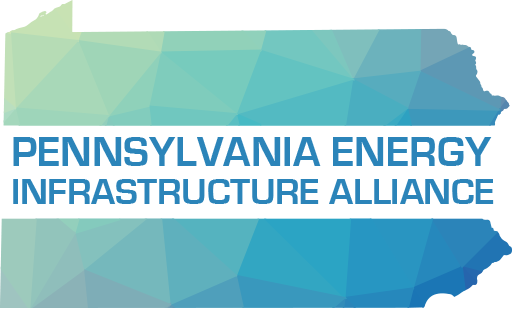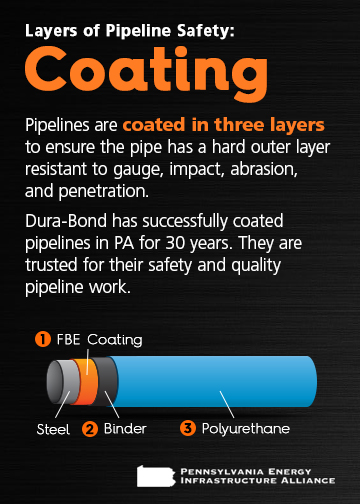According to the U.S. Department of Transportation, pipelines are the safest mode to transport energy resources. They are safer than transporting by truck on our busy roadways and safer than moving critical energy resources by train. From the cars we drive to the clothes we wear to the plastic cups we drink out of and the cell phones we talk to our friends and family on, energy resources have a sizable impact on nearly every person’s daily life and we all benefit from the safe development, production, and transport of these products to market for consumption.
A common question that many have is what makes pipelines so safe. Without getting into very technical terms, the Pennsylvania Energy Infrastructure Alliance is providing the countless safety precautions that are taken into account to ensure that pipelines can safely move the energy resources we all depend on without negatively impacting our communities or the environment.
When constructing a pipeline, there are specific steps that pipeliners take to ensure the pipe operates safely once it is in the ground. One of the most important steps is coating the pipe.
Natural gas liquid pipelines have three layers: (1) FBE Coating; (2) Binder; and (3) Polyurethane.
In the case of the proposed Mariner East 2 pipeline, Dura-Bond, a Pennsylvania company with coating facilities in McKeesport and Steelton, will be used to coat the pipeline. Dura-Bond has 30 years of protective coating experience. They use modern techniques to apply fusion bond epoxy, X-Tec extruded polyethylene, dual layer fusion bond, Powercrete abrasion resistant overcoating, tape systems and internal linings to their steel line pipes. They also apply pipe coating systems that are specifically suited for the type of energy source flowing through the pipe.
In short, coating the pipeline prevents rust and corrosion of the pipeline. These precautions mixed with the trained, highly skilled, local union labor workers who build and operate these pipelines ensure their safety for Pennsylvania communities and the environment.

